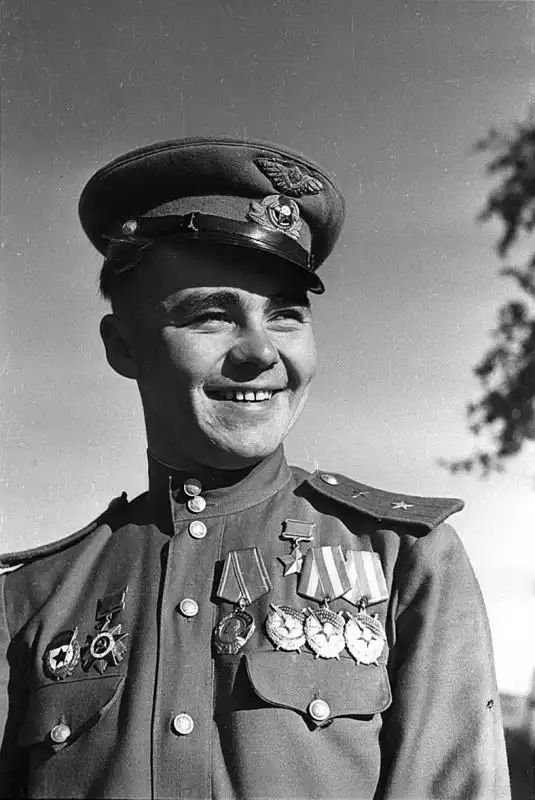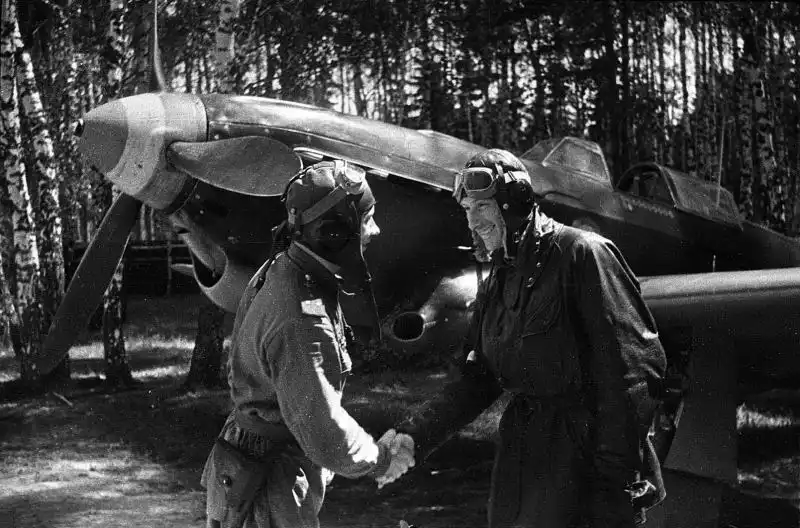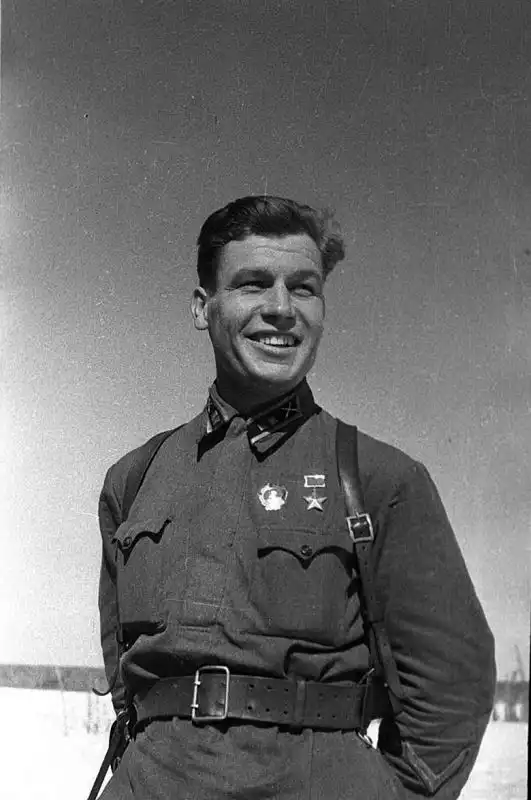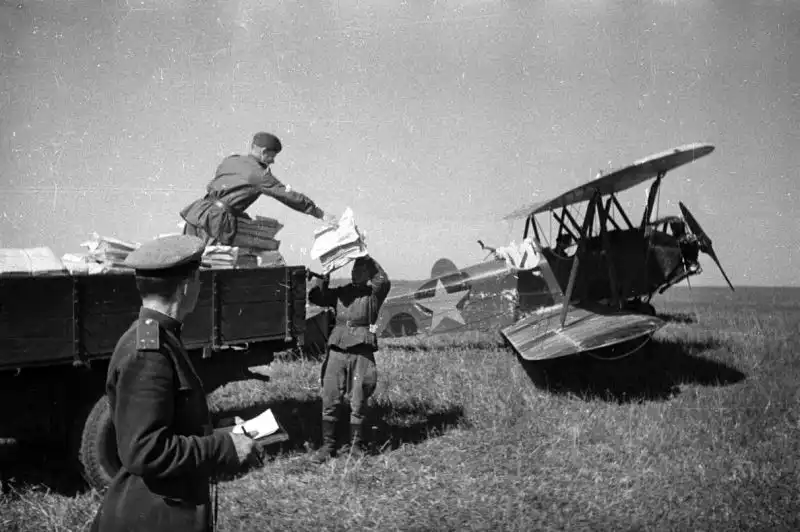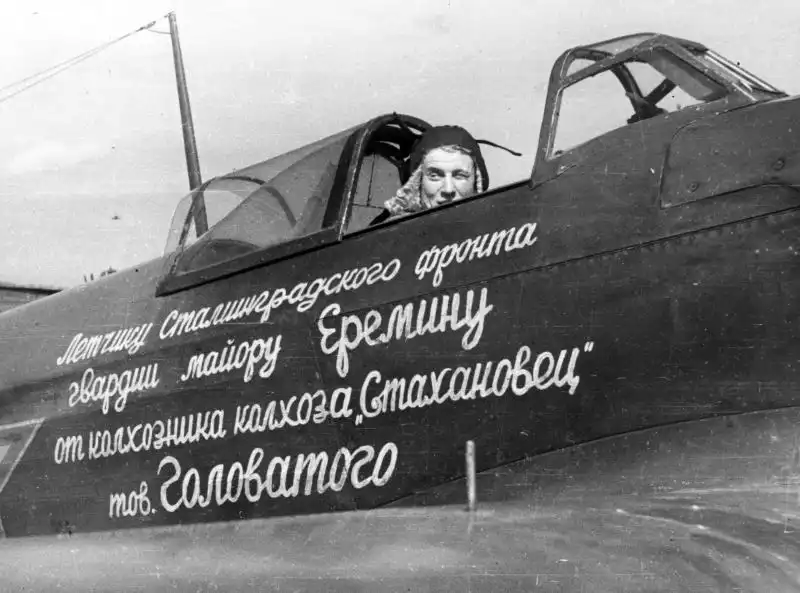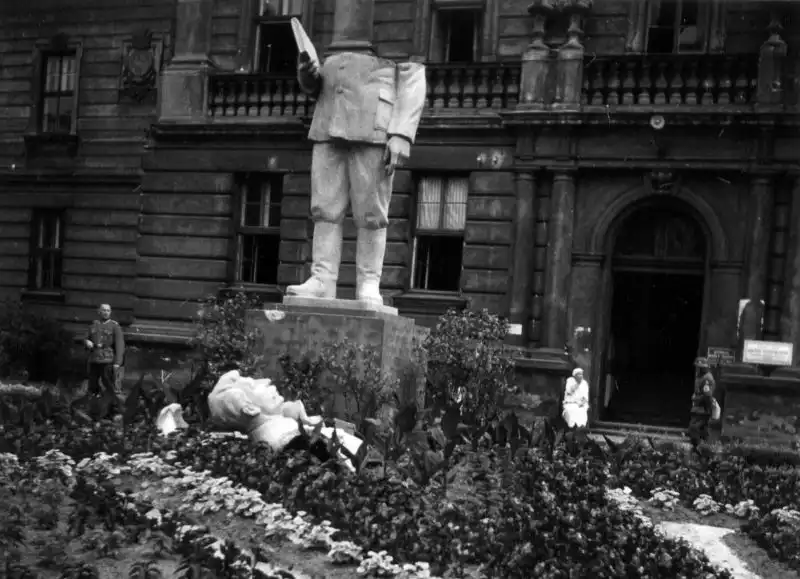Abandoned Soviet Aircraft at Bobruisk Airfield, Captured by Germans, 1941
September 21, 2025 - Reading time: 4 minutes
Abandoned Soviet aircraft at Bobruisk airfield, including Ar-2, SB, Su-2, I-15bis, and U-2, captured by the Germans in summer 1941.
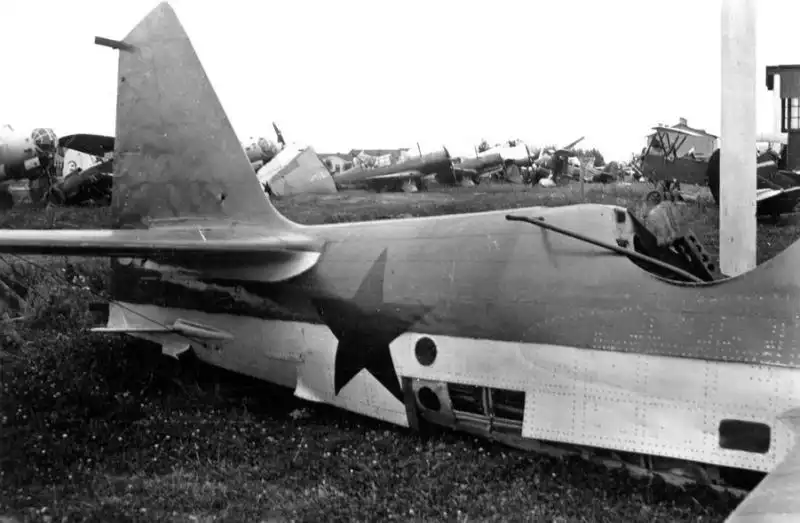
This rare wartime photograph shows damaged and unserviceable Soviet Air Force aircraft abandoned at the Bobruisk airfield in Belarus, captured by German forces on June 29, 1941. In the foreground lie the wrecks of late-series Ar-2 bombers with rear defensive turrets, while in the background stand SB medium bombers, two Su-2 light bombers, an I-15bis biplane fighter, and a U-2 liaison aircraft.
On June 22, 1941—the first day of Operation Barbarossa—the Bobruisk airfield hosted 156 Soviet aircraft: 58 SB bombers, 50 Su-2 bombers, 28 Pe-2 dive bombers, 4 Il-2 attack planes, 6 training U-SB aircraft, and 8 U-2 utility planes. However, the swift decision of Major General Ivan Polynin, commander of the 13th Bomber Aviation Division, together with Chief of Staff Colonel Telnov, saved most of this force. By midday of June 22, they had dispersed the bulk of their aircraft to reserve and field airstrips, reducing vulnerability to Luftwaffe bombing raids.
As a result, German attacks on Bobruisk airfield inflicted only minimal losses—far fewer than the massive destruction suffered by many Soviet aviation units in the opening hours of the invasion. The machines left behind were those already unserviceable, under repair, or no longer combat-ready. These abandoned aircraft were quickly captured by advancing Wehrmacht units and documented in photographs such as this one.
The image illustrates both the diversity of Soviet aviation on the eve of war and the chaotic conditions under which many planes were left behind. Types like the Ar-2 and Su-2 represented transitional Soviet designs of the late 1930s, soon overshadowed by more modern bombers like the Pe-2 and heavy-hitting attack aircraft such as the Il-2 “Shturmovik.” The U-2 biplane, though obsolete as a frontline machine, would continue to play a vital role in reconnaissance, liaison, and night harassment bombing throughout the war.
This photograph, therefore, captures not only abandoned wrecks but also a moment of transition in the Soviet Air Force—where older designs coexisted with new ones, and where the survival of the air arm depended on quick decisions by commanders during the most dangerous days of June 1941.
Technical photo data:
📍 Location: Bobruisk, Belarus, USSR
📅 Date: June–July 1941
📝 Event: Capture of Bobruisk airfield after Operation Barbarossa
📷 Source: WWII German photograph archives
- Soviet aircraft captured 1941
- Bobruisk airfield Operation Barbarossa
- Ar-2 and Su-2 abandoned
- Soviet aviation losses early WWII
- Luftwaffe raids Soviet airfields 1941
- Red Army Air Force retreat photos
Tags
Category
Search
Categories
- Unidentified WWII Photos (14)
- World War II Photos 1937 (1)
- World War II Photos 1938 (1)
- World War II Photos 1939 (3)
- World War II Photos 1940 (5)
- World War II Photos 1941 (103)
- World War II Photos 1942 (60)
- World War II Photos 1943 (55)
- World War II Photos 1944 (77)
- World War II Photos 1945 (43)
- WWII and Postwar Photos 1946 (1)
